Rails 3.0 deprecated f.error_messages and now requires a plugin to work correctly - I however want to learn how to display error messages the (new) native way. I am following the getting started guide, which uses the deprecated method when implementing the comments form. For example:
<h2>Add a comment:</h2>
<%= form_for([@post, @post.comments.build]) do |f| %>
<%= f.error_messages %>
<div class="field">
<% f.label :commenter %><br />
<%= f.text_field :commenter %>
</div>
<div class="field">
<%= f.label :body %><br />
<%= f.text_area :body %>
</div>
<div class="actions">
<%= f.submit %>
</div>
<% end %>
Here is the correct way to do it (as generated by the scaffold):
<%= form_for(@post) do |f| %>
<% if @post.errors.any? %>
<div id="error_explanation">
<h2><%= pluralize(@post.errors.count, "error") %> prohibited this post from being saved:</h2>
<ul>
<% @post.errors.full_messages.each do |msg| %>
<li><%= msg %></li>
<% end %>
</ul>
</div>
<% end %>
. . .
I understand that I use the @post variable in the latter example, but what variable do I reference in the former to get the error messages for comment creation?
